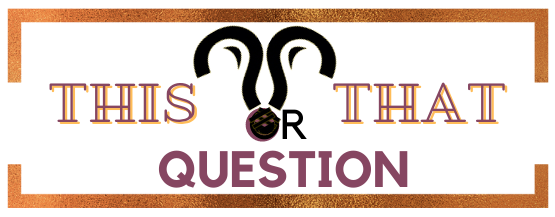Cue or Que?
Confused about the differences between “cue” and “que”? You’re not alone—these two words are often confused and misused. Let’s take a closer look at the difference between them.
Cue
The word “cue” is a noun that means a signal, such as a word or gesture, that prompts someone to do something. It can also refer to a prompt or suggestion that encourages a particular response or action. For example, you might give someone a “cue” to start speaking.
Que
The word “que” is a conjunction that means “that” or “which.” It is used to introduce a subordinate clause that describes or modifies the preceding noun or pronoun. For example, “He was wearing a shirt que had a large stain on it.”
In summary, “cue” is a noun that refers to a signal or prompt, while “que” is a conjunction that introduces a subordinate clause. Knowing the difference between these two words can help you communicate more clearly and accurately.Cue or Que?
Confused about the differences between “cue” and “que”? You’re not alone—these two words are often confused and misused. Let’s take a closer look at the difference between them.
Cue
The word “cue” is a noun that means a signal, such as a word or gesture, that prompts someone to do something. It can also refer to a prompt or suggestion that encourages a particular response or action. For example, you might give someone a “cue” to start speaking.
Que
The word “que” is a conjunction that means “that” or “which.” It is used to introduce a subordinate clause that describes or modifies the preceding noun or pronoun. For example, “He was wearing a shirt que had a large stain on it.”
In summary, “cue” is a noun that refers to a signal or prompt, while “que” is a conjunction that introduces a subordinate clause. Knowing the difference between these two words can help you communicate more clearly and accurately.Cue or Que?
Confused about the differences between “cue” and “que”? You’re not alone—these two words are often confused and misused. Let’s take a closer look at the difference between them.
Cue
The word “cue” is a noun that means a signal, such as a word or gesture, that prompts someone to do something. It can also refer to a prompt or suggestion that encourages a particular response or action. For example, you might give someone a “cue” to start speaking.
Que
The word “que” is a conjunction that means “that” or “which.” It is used to introduce a subordinate clause that describes or modifies the preceding noun or pronoun. For example, “He was wearing a shirt que had a large stain on it.”
In summary, “cue” is a noun that refers to a signal or prompt, while “que” is a conjunction that introduces a subordinate clause. Knowing the difference between these two words can help you communicate more clearly and accurately.Cue or Que?
Confused about the differences between “cue” and “que”? You’re not alone—these two words are often confused and misused. Let’s take a closer look at the difference between them.
Cue
The word “cue” is a noun that means a signal, such as a word or gesture, that prompts someone to do something. It can also refer to a prompt or suggestion that encourages a particular response or action. For example, you might give someone a “cue” to start speaking.
Que
The word “que” is a conjunction that means “that” or “which.” It is used to introduce a subordinate clause that describes or modifies the preceding noun or pronoun. For example, “He was wearing a shirt que had a large stain on it.”
In summary, “cue” is a noun that refers to a signal or prompt, while “que” is a conjunction that introduces a subordinate clause. Knowing the difference between these two words can help you communicate more clearly and accurately.


